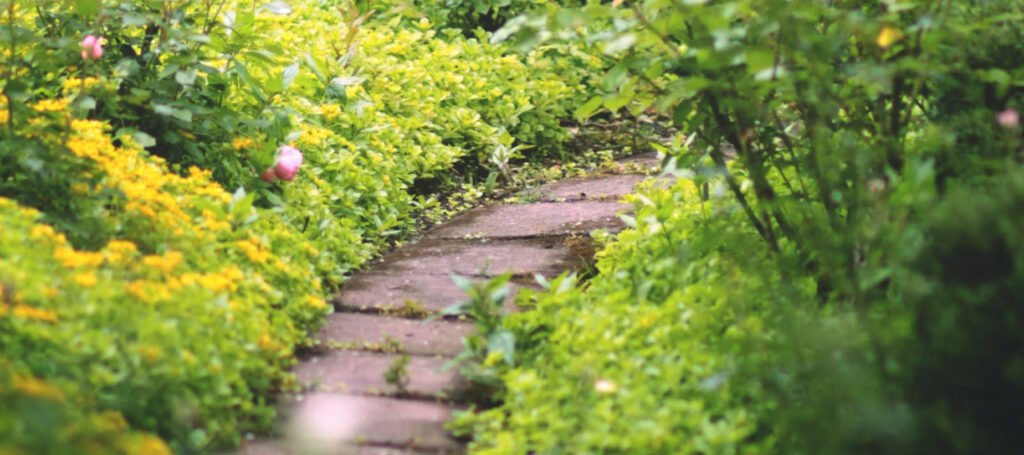
Whether you are a seasoned gardener or just starting out, one of the most critical decisions you will make is selecting the right location for your garden. The success of your crops greatly depends on the environmental conditions in which they are grown. Here are some essential factors to consider when choosing a site for your garden:
1. Sunlight
Sunlight is crucial for the healthy growth of most vegetables. As a general rule, vegetables require at least 6 hours of sunlight daily to thrive. However, some crops, such as broccoli, lettuce, spinach, and other greens, can tolerate less sunlight. To ensure a bountiful harvest and flavorful produce, it’s best to pick a site that receives ample sunlight.
In regions with cooler climates, creating a suntrap for tender crops is beneficial. On the other hand, in hot climates, providing shade for certain plants, either through shade cloth or by planting them in the shadow of taller climbing plants like pole beans, expands the range of crops you can grow successfully.
Avoid planting your garden near large trees that can cast shade and compete with your vegetables for water and nutrients.
2. Air Circulation
Good air circulation is essential for sturdy plant growth and can help prevent fungal diseases. Additionally, it discourages insect pests like whiteflies that thrive in stagnant and humid environments. While walls and fences may offer shelter, they can cause destructive turbulence on the leeward side, especially during windy conditions. Therefore, it’s best to avoid planting too close to solid barriers.
Hedges and open or woven fences are better choices, as they filter the wind instead of deflecting it. Shelter from strong winds is particularly helpful for certain crops like peppers, eggplants, peas, beans, and climbing vegetables.
3. Moisture
Adequate and readily available water is vital for your garden’s success. Having to haul water to thirsty plants during a heatwave can be overwhelming and discouraging for new gardeners. To avoid this, locate your garden beds close to an outdoor water source.
Avoid planting near walls, fences, or under overhanging trees, as these areas tend to be too dry for optimal plant growth. Open areas typically have better access to moisture and are ideal for establishing your garden.
4. Frost
Frost can be detrimental to your plants, especially tender seedlings and young growth. Cold air is heavier and settles in low points of the garden or near structures like walls and fences. These areas can become frost pockets, delaying the start of your planting season and potentially damaging your crops.
To avoid frost-related issues, refrain from planting in these low-lying areas. Instead, choose higher ground that allows cold air to flow away from your plants, minimizing the risk of frost damage.
In conclusion, choosing the right location for your garden is a critical step in ensuring the success of your crops. Sunlight, air circulation, moisture availability, and protection from frost are key factors to consider when making your decision. By taking these environmental conditions into account, you set the foundation for a thriving and productive garden, providing you with a bountiful harvest and a satisfying gardening experience.
Happy gardening!
You may also like:- From Seed to Soil – How to Kickstart Your Garden
- Top 10 Plants You Can Grow Instead of a Fence
- Winter Sowing – Growing Resilient Plants From Seed in the Cold
- 12 Medicinal Plants You Can Grow At Home
- Effective Gardening Tips for Saline Soils
- Effective Strategies For Working With Shallow Soils
- Effective Strategies For Working With Acid Soils
- Perennial Plants: The Garden’s Timeless Beauties
- Understanding the World of Horticulture: Varieties, Propagation, and More
- Top Strategies for Dealing with Compacted Soils

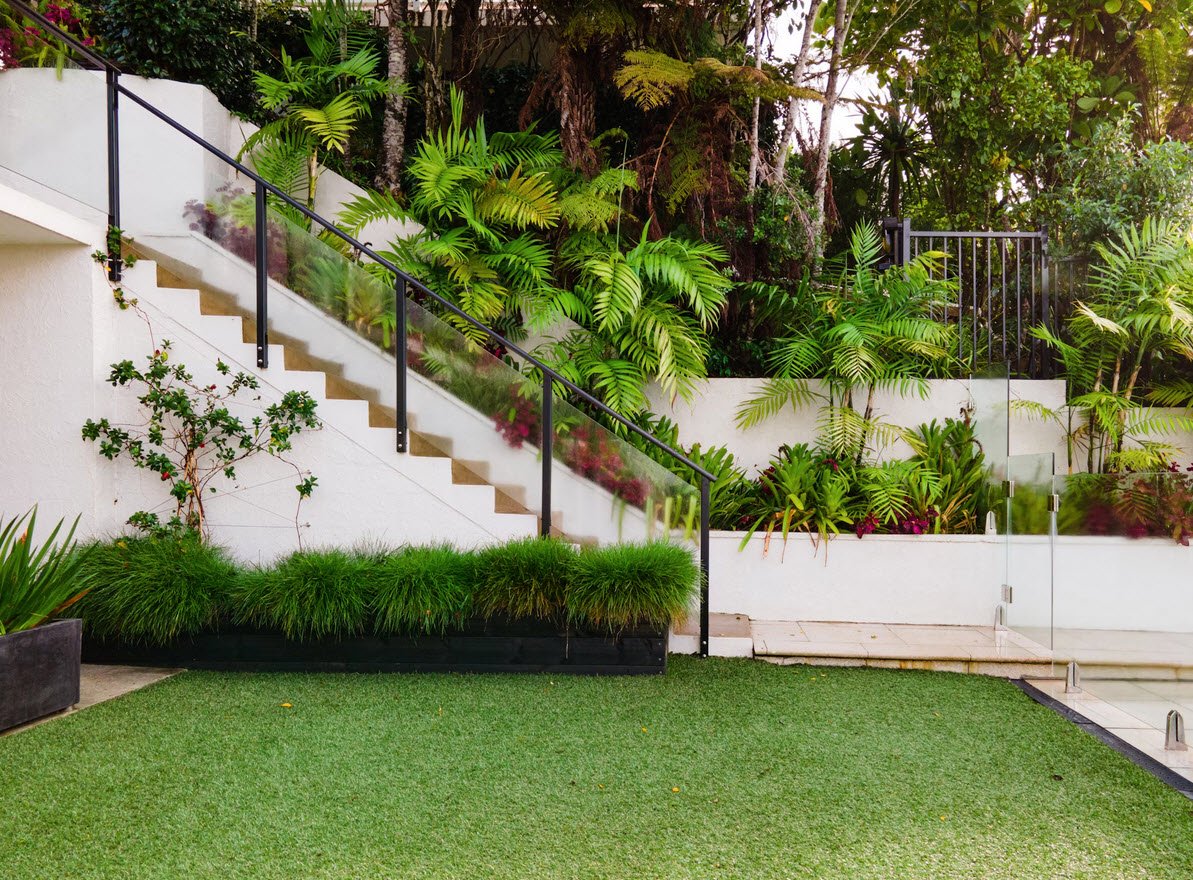
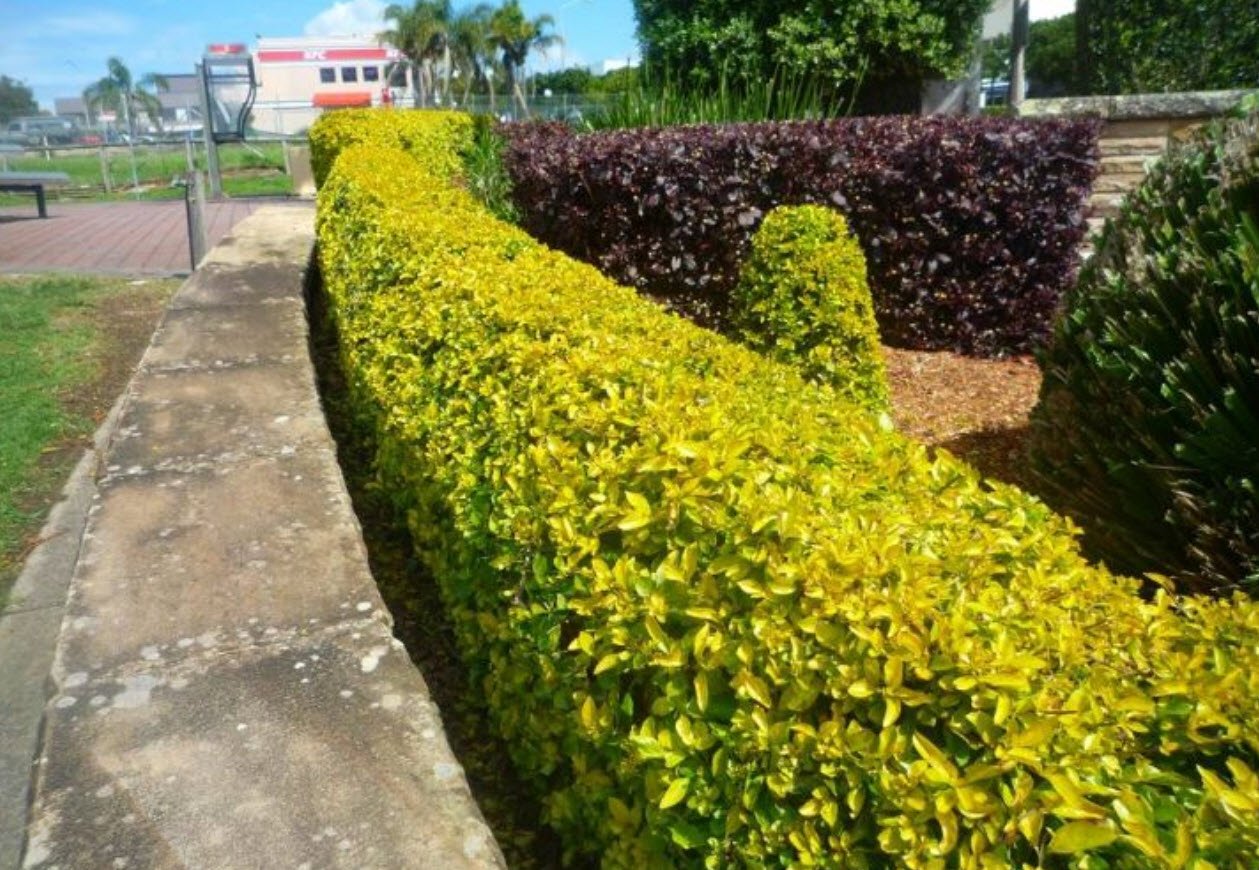

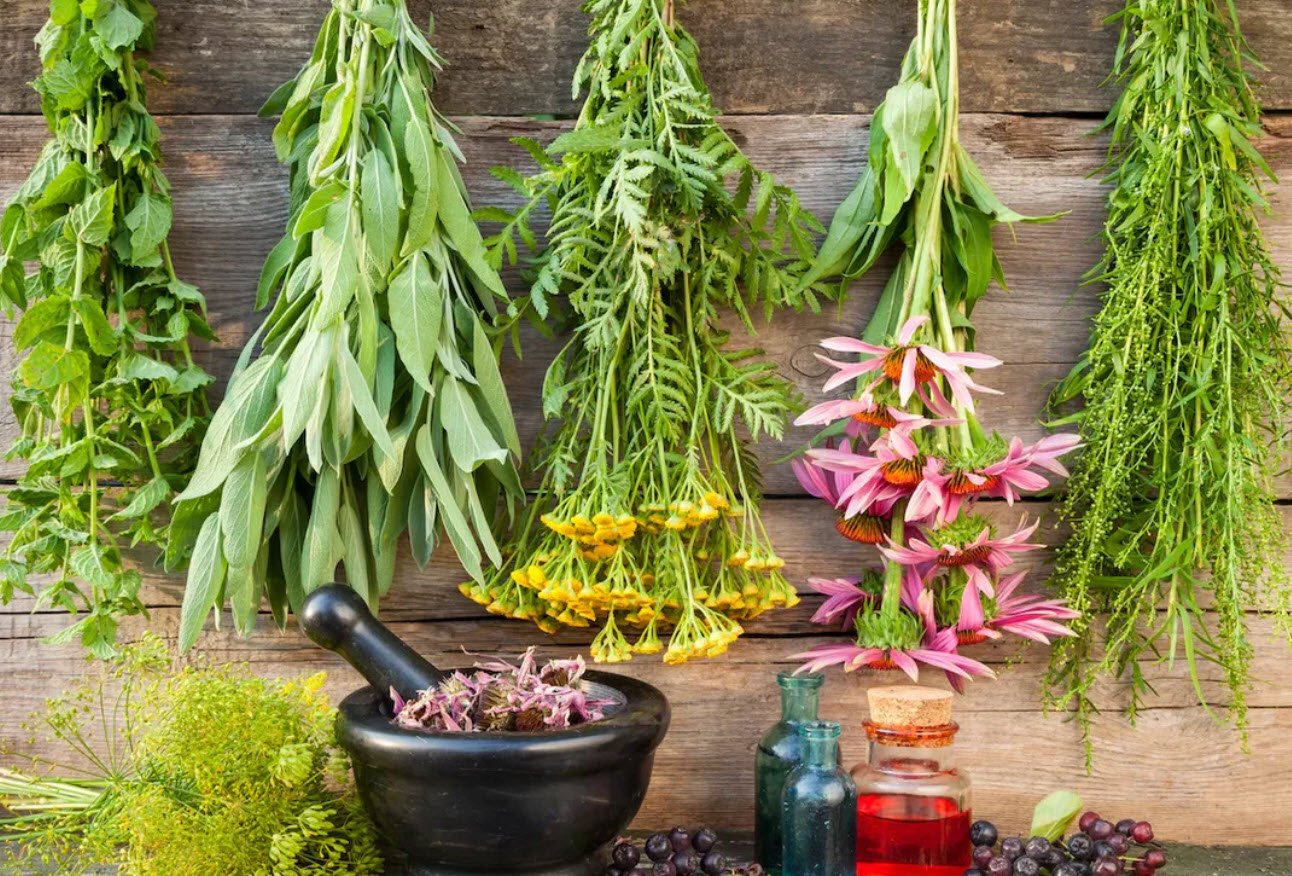
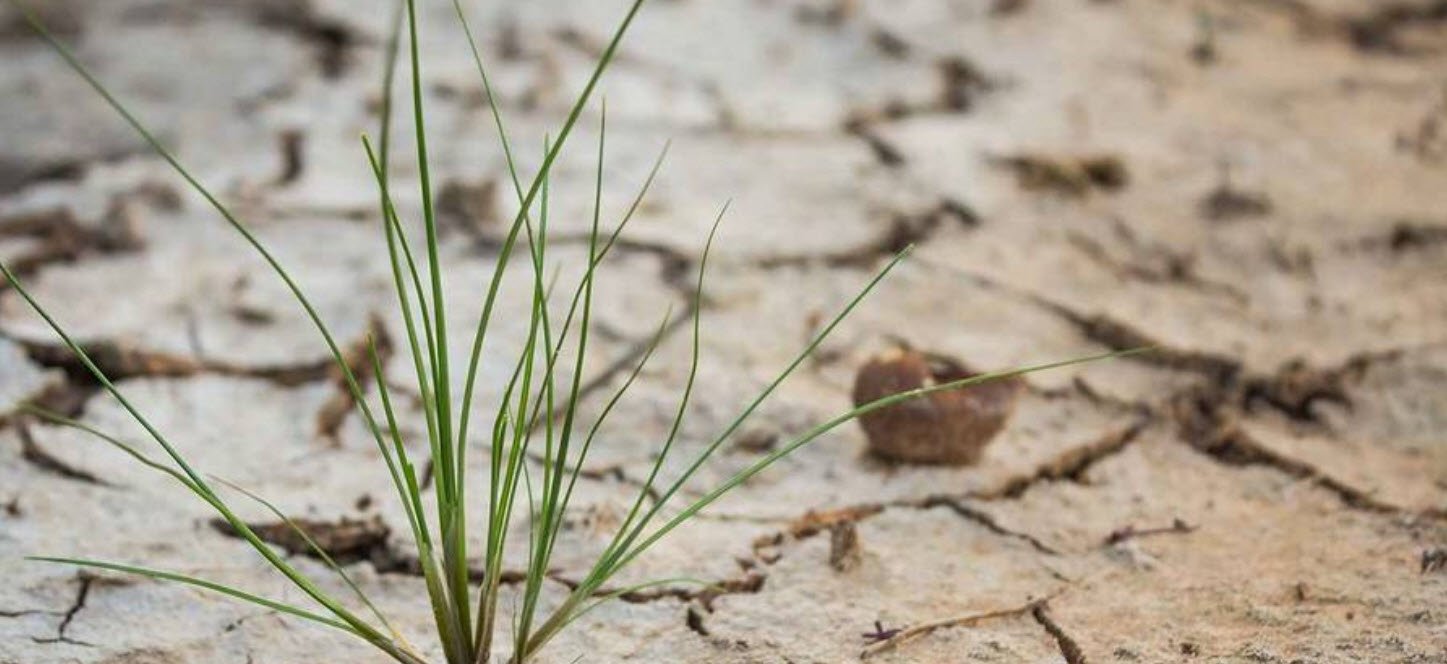



This Post Has One Comment